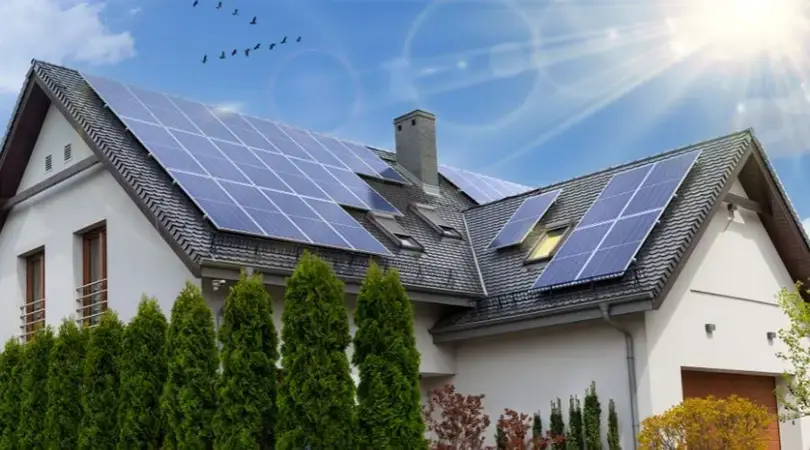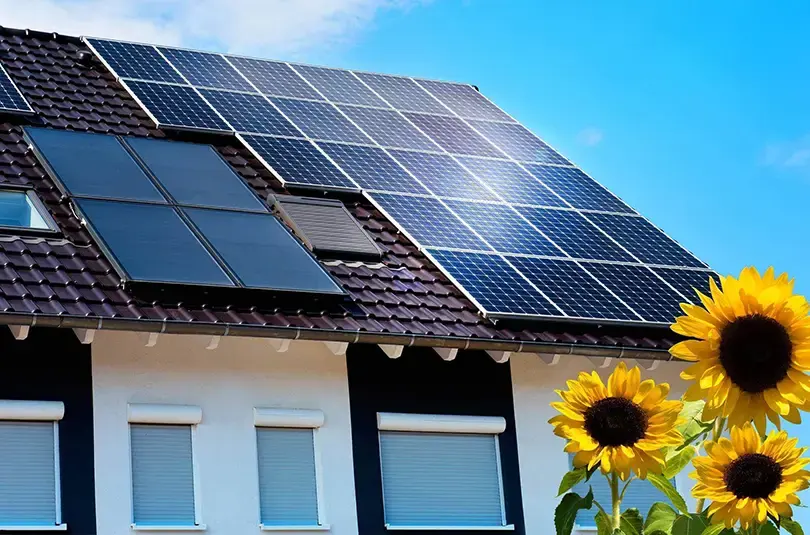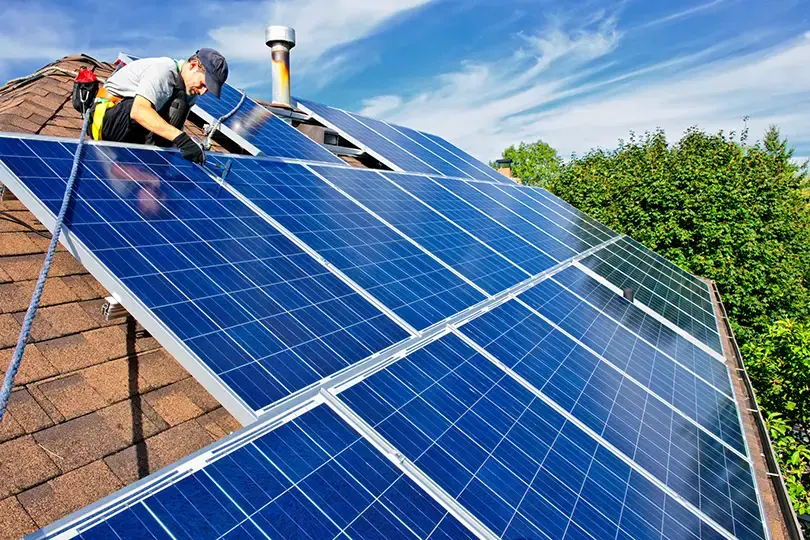California isn’t just beaches, palm trees, and wine — it’s also a solar paradise. With 250 to 300 sunny days a year, many homeowners are turning to solar panels not just as a trend, but as a smart way to save money, live greener, and gain energy independence.
But is 2025 a good time to make the switch? Let’s take a closer look.
Why Consider Solar Power at All?
Solar panels let you produce your own electricity, which cuts your monthly power bills — especially helpful in California, where electricity rates are among the highest in the U.S.
But that’s not all. Solar power also gives you:
What’s New in 2025?
1. Lower Prices for Solar Systems
Solar panels are now cheaper than ever. A few years ago, installing solar could cost $25,000–30,000. Today, it’s closer to $15,000–20,000 for most homes — and the panels last longer and work better.
2. New Billing Rules
California now uses the Net Billing Tariff system. This means you earn less money for sending extra energy back to the grid. Instead, it’s smarter to use your solar power directly (like running AC or charging your car during the day).
Still, solar systems remain a smart investment — most pay for themselves in 6–10 years and then keep saving you money.
3. Better Battery Options
Modern batteries like the Tesla Powerwall or LG Chem are smaller, cheaper, and more reliable. They store extra energy so you can use it at night or during blackouts.
How Much Can You Save?
Let’s say your electric bill is $200 a month ($2,400 a year). You install a $18,000 solar system and get a 30% federal tax credit. That brings your cost down to about $12,600. After 5–6 years, your system is paid off — and you keep saving thousands every year.
Adding a battery costs another $8,000–10,000, but it gives you backup power and more independence from the grid.
Why Consider Solar Power at All?
Solar panels let you produce your own electricity, which cuts your monthly power bills — especially helpful in California, where electricity rates are among the highest in the U.S.
But that’s not all. Solar power also gives you:
- A smaller carbon footprint
- Increased home value
- Protection against power outages
- The ability to store energy in batteries for nighttime or emergencies
What’s New in 2025?
1. Lower Prices for Solar Systems
Solar panels are now cheaper than ever. A few years ago, installing solar could cost $25,000–30,000. Today, it’s closer to $15,000–20,000 for most homes — and the panels last longer and work better.
2. New Billing Rules
California now uses the Net Billing Tariff system. This means you earn less money for sending extra energy back to the grid. Instead, it’s smarter to use your solar power directly (like running AC or charging your car during the day).
Still, solar systems remain a smart investment — most pay for themselves in 6–10 years and then keep saving you money.
3. Better Battery Options
Modern batteries like the Tesla Powerwall or LG Chem are smaller, cheaper, and more reliable. They store extra energy so you can use it at night or during blackouts.
How Much Can You Save?
Let’s say your electric bill is $200 a month ($2,400 a year). You install a $18,000 solar system and get a 30% federal tax credit. That brings your cost down to about $12,600. After 5–6 years, your system is paid off — and you keep saving thousands every year.
Adding a battery costs another $8,000–10,000, but it gives you backup power and more independence from the grid.

What About the Environment?
A solar system of 6–8 kW can cut 4–5 tons of CO₂ per year. That’s like:
For many Californians, helping the environment is a key reason to go solar — especially with wildfires and climate change becoming more serious every year.
Things to Keep in Mind
How to Choose a Solar Installer
Look for companies that offer:
Always compare quotes from at least 2–3 installers — prices and services can vary a lot.
A solar system of 6–8 kW can cut 4–5 tons of CO₂ per year. That’s like:
- Planting 100 trees
- Avoiding 5,000 miles of driving a gas-powered car
For many Californians, helping the environment is a key reason to go solar — especially with wildfires and climate change becoming more serious every year.
Things to Keep in Mind
- Permits Can Take Time
- Some areas — especially rural or historic zones — may have delays or extra paperwork. Make sure your installer helps with this.
- Not All Roofs Work for Solar
- If your roof is too shaded, too old, or oddly shaped, it might cost more to install panels — or might not be a good fit.
- Lower Compensation for Extra Power
- Because of the new Net Billing rules, it’s less profitable to sell energy back to the grid. Instead, it’s best to use your power during the day or store it in a battery.
How to Choose a Solar Installer
Look for companies that offer:
- A proper license and local experience
- Strong reviews and referrals
- Long warranties (25 years for panels, 10+ years for labor)
- Battery options and smart energy monitoring
Always compare quotes from at least 2–3 installers — prices and services can vary a lot.

Should You Buy, Lease, or Finance?
If you don’t have $15,000–20,000 on hand, consider:
Buying the system saves the most in the long run, but leasing is a good option if you want zero upfront cost.
So, Is 2025 the Right Time to Go Solar?
Yes, if:
Maybe not, if:
If you don’t have $15,000–20,000 on hand, consider:
- Solar loans with low interest
- Solar leases — you pay a fixed monthly fee (usually lower than your current bill)
- Power Purchase Agreements (PPA) — you pay only for the energy you use at a lower rate
Buying the system saves the most in the long run, but leasing is a good option if you want zero upfront cost.
So, Is 2025 the Right Time to Go Solar?
Yes, if:
- You want to cut electricity costs
- Your roof gets enough sunlight
- You plan to stay in your home for 5–10 years
- You care about the environment and energy independence
Maybe not, if:
- Your roof needs repairs
- You’re moving soon
- Your location is too shady (rare in California, but it happens)
In 2025, solar energy isn’t just a futuristic idea — it’s a smart move for many Californians. Yes, the rules have changed, but prices are lower, batteries are better, and there are more financing options than ever. With proper planning, a solar system can save you thousands and help the planet at the same time.
And the best part? Sunshine is free. The only question is: will you make the most of it?






